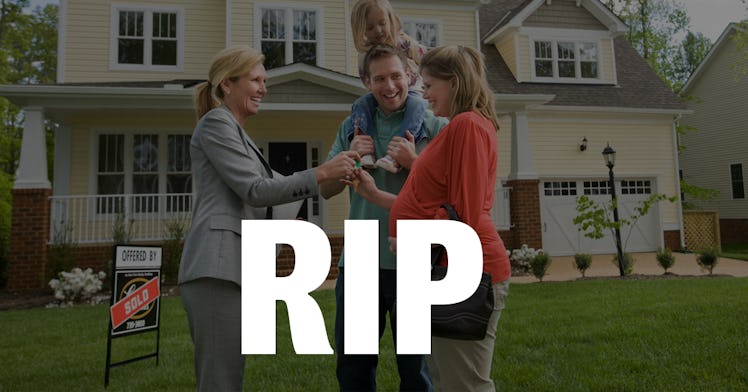State-By-State Data Reveals “The American Dream is Dead” After COVID-19
The wealthiest Americans have gone largely unhurt by the pandemic, while the poorest suffer needlessly, per new data.

Raj Chetty, a Harvard economist, and certified-MacArthur genius has been at hard at work since the COVID-19 pandemic hit the United States with full force in mid-March. His work? Tracking the economic devastation that has hit the country since entire sectors of the economy shut down as a result of stay-at-home orders across the country that were enacted in a push to limit the spread of COVID-19, which has killed over 200,000 Americans and sickened millions.
But much of what Chetty’s detailed, state-by-state data has revealed is data that is much more than meets the eye. Rather than relying on simple metrics like GDP, Chetty and his team of 40 other researchers and policy experts looked deep in data to launch what Bloomberg refers to as a “day-by-day, state-by-state, and even neighborhood-by-neighborhood” view of the coronavirus economy. The tracking tool was launched in May and has astronomical findings. Namely, that lower-income workers have borne the brunt of the COVID-19 engendered economic recession — the bottom quarter of wage earners in the United States (those who make less than $27,000 a year) — have lost 11 million jobs. That marks more than three times the number of jobs lost by the top quarter of American earners, who are those who make more than $60,000 per year.
But that was only in April. Only two months later, the gap in economic recovery and hardship widened further alongside class lines. While the best-paid Americans had recovered nearly all of the jobs that were lost at the beginning of the pandemic, the bottom half of American workers accounted for nearly 80 percent of the unemployment and missing jobs. This data, per Bloomberg, has revealed that the “American dream is dead.”
And the differences in how the economy has been affected by COVID are, obviously, local. That’s true in any recession — but Chetty’s ultra-detailed data helps people understand in real-time, from a birds-eye view, how differently the economy has suffered. One main discovery for Chetty? That the micro-economies that existed side by side — say, the luxury gym staffed by working-class Americans that was most frequented by wealthy Americans — reveal how differently the economic devastation has hit Americans.
After all, for just one example, when expensive gyms shut down, and wealthy Americans no longer went to them due to COVID-19 concerns, it was the people who staffed those gyms who were the most economically devastated. And while that’s a necessary move in order to kill as few people as possible, the small businesses that operated in wealthy neighborhoods have suffered to the extreme, as wealthy people stay home and don’t give their money to people who served their lives: restaurant workers, hairstylists, baristas, personal trainers, etc.
For Chetty, then, one of the major problems of the economy right now is that those who still have jobs, are still making money, and are working from home aren’t spending it in any of the places that helped drive the economy for millions of workers, regardless of their class status. While the stimulus check sent to every American in April did help drive some spending in the poorest neighborhoods, the same wasn’t seen in wealthy neighborhoods. In March, consumer spending dropped by 33 percent, and while in low-income neighborhoods, spending increased as a result of increased jobless benefits, small businesses in affluent neighborhoods saw revenues drop 70 percent, which is double the decline in revenue in less affluent areas, suggesting that the money that affluent folks got as a result of the pandemic wasn’t being used in neighborhood stores.
This is a huge problem, largely because affluent Americans spend the most money. And a lack of spending has a domino effect on the economy: affluent Americans not spending money in restaurants, at gyms, at small businesses, leads to those same businesses to shutter, and the people who work in them to be out of work. As economic assistance from the government has all but disappeared, working-class Americans suffer the most. To Chetty, the data he’s looked at suggests that the government should get back to work and focus on getting money to the Americans who are the poorest. The inequality gap is widening, and the government can help. But will it?
This article was originally published on